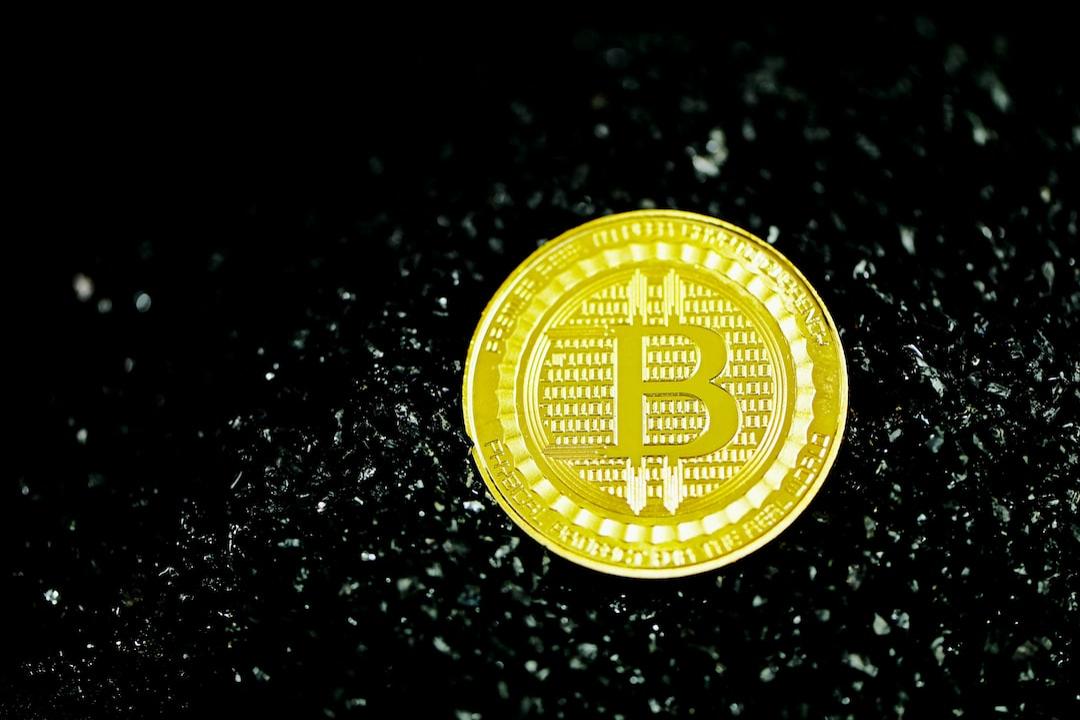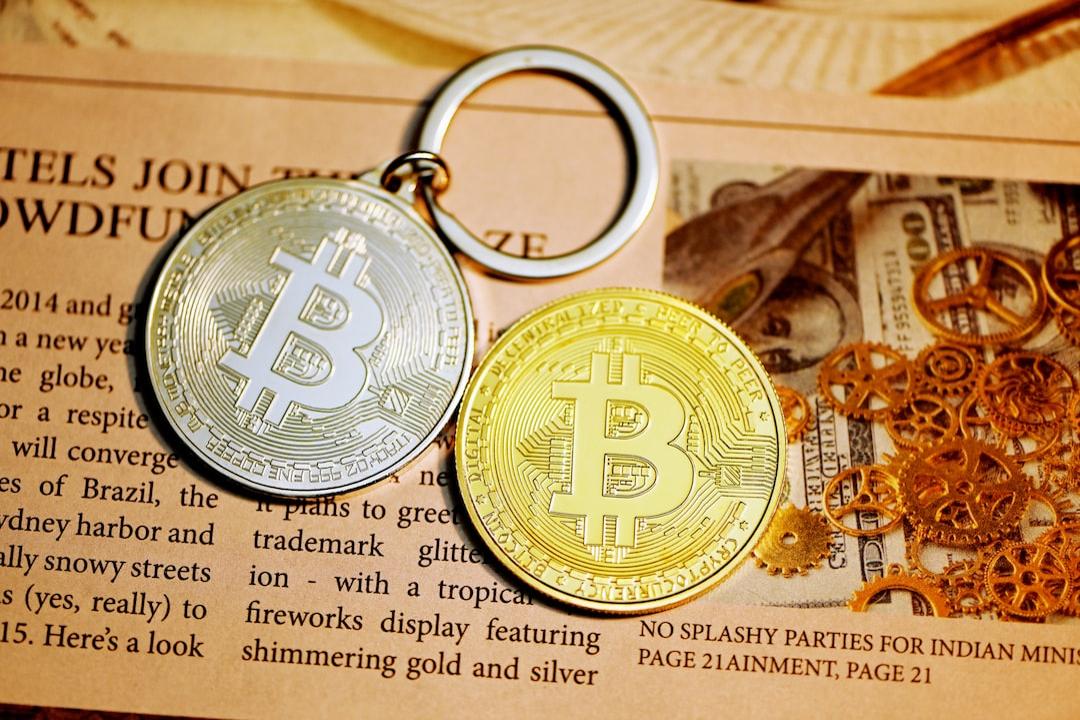MakerDAO is undergoing a profound transformation in both its brand and tokenomics, transitioning from its rebranding as Sky Protocol to the governance token MKR being replaced by SKY. However, this transformation has not stirred the market, with investor sell-offs and community disagreements adding uncertainty to its future. This article will delve into the tokenomics, governance mechanisms, and strategic partnerships with traditional finance that define Sky’s evolution.
Background: MakerDAO Confirms Rebranding to Sky! Four Major Whales “Monopolize Voting” USDS Surges to Become the 3rd Largest Stablecoin
Background Supplement: “Rescuing MakerDAO” – Founders Propose “Sky Deflationary Proposal” to Stimulate MKR Price Surge
MakerDAO, one of the early pioneers in decentralized finance (DeFi), has quietly initiated a profound reform of its tokenomics model. From rebranding as Sky Protocol to gradually replacing the governance token MKR with SKY, this transformation was carefully orchestrated. Unfortunately, the anticipated change has not made waves in the market.
Back in 2022, founder Rune Christensen proposed the “Endgame Plan,” aimed at integrating real-world assets (RWAs), optimizing economic mechanisms, and rebranding to address the increasingly complex governance challenges and fierce market competition. However, the implementation of this plan has not been smooth. Some investors questioned the strategic direction and began reducing their holdings of MKR, while internal disagreements within the community over governance further dampened the transformation, which remains under the radar, with the market largely indifferent.
This transformation is not only an overhaul of MakerDAO’s existing model but also a reshaping of its future positioning.
The launch of Sky Protocol marks Maker’s shift from a single stablecoin protocol to a diversified DeFi ecosystem, with deep cooperation with traditional finance further highlighting the ambition behind this strategy. Rune’s vision is to create a bridge between on-chain and off-chain assets, enhancing the protocol’s stability and market appeal through the integration of RWAs and optimization of the tokenomics.
Yet, the market seems to have yet to fully grasp the long-term significance of this change: investor sell-offs and community disputes have overshadowed the emerging new paradigm Sky is building. This article will examine in detail the adjustments to the MKR economic model and its implications, as well as explore the deeper signals released through its partnership with Wall Street capital.
MakerDAO’s Brand Reshaping and Token Conversion
MakerDAO’s rebranding to Sky Protocol is accompanied by a gradual transition of the governance token from MKR to SKY.
Through the sky.money platform, users can voluntarily convert 1 MKR to 24,000 SKY at a fixed rate. As of March 25, 2025, the total supply of MKR has been reduced to approximately 874,000 tokens (due to historical burns and other factors), with 11.8% of the MKR supply already converted to SKY. This conversion rate is lower than expected, reflecting a cautious stance among some holders toward the new ecosystem.
Meanwhile, stablecoin DAI offers a 1:1 upgrade path to USDS, and users can stake USDS to earn SKY rewards, significantly enhancing the functionality of USDS. According to the latest data, the total value locked (TVL) in the Sky ecosystem is approximately $480 million, while the circulating supply of USDS is estimated to be $1.5 billion, showing initial market acceptance of its stablecoin system. However, the total supply of Dai remains at a high $8.3 billion, indicating that 82% of Dai has not yet completed the upgrade, providing substantial potential for the future growth of USDS.
It should be noted that upgrading to the Sky ecosystem is not mandatory. Dai and MKR users can choose to retain the original model, but only those holding USDS and SKY can unlock the full functionality of the Sky protocol, such as participating in governance, earning rewards, or using new modules. This voluntary conversion design retains Maker’s flexibility while providing a buffer period for the promotion of Sky. For example, Dai holders who do not upgrade will not be able to enjoy staking rewards from USDS, and MKR holders who do not convert to SKY may miss governance rights in the new ecosystem.
The significance of this change lies in the fact that Sky, through token conversion and rebranding, has unified its governance system, injected new vitality into USDS, and provided solid support for future economic model optimization and the RWA strategy. Although the conversion rate is still below expectations, with 11.8% conversion, a large portion of MKR holders remain cautious, but the early stages of the Sky ecosystem have already taken shape. In the future, as the circulation of USDS increases and more features are launched, this conversion rate is expected to grow.
SKY Smart Burn Engine
Sky has introduced the “Smart Burn Engine” (SBE) mechanism, designed to optimize its economic model by reducing the circulating supply of SKY tokens.
According to Rune, co-founder of Sky, in a post on X platform on February 24, the mechanism has recently been launched, with the initial plan to purchase approximately $1 million worth of USDS per day and burn SKY tokens. However, the burn rate is not fixed and is subject to community governance. According to the latest proposal from the Maker community on March 17, the burn rate of SBE has been adjusted to $500,000 per day, awaiting final approval through community voting. If this new burn rate holds, the annual burn amount would be approximately $183 million. Given the current market price of MKR (about $1,270) and the 1:24,000 conversion rate, the price of SKY would be around $0.053. Based on this, approximately 345 million SKY tokens would be burned annually. Assuming an initial total supply of 24 billion SKY (based on a simplified scenario where 1 million MKR is fully converted into SKY), the annual burn rate would account for about 1.44% of the total supply. This rate seems modest, but if sustained over the long term, its cumulative effect will significantly tighten the supply structure.
The source of funds for the SBE operation is critical, with the burn funds mainly relying on the protocol’s surplus, where interest income from tokenized U.S. Treasury bonds plays a key role. According to makerburn.com, the current treasury surplus controlled by the DAO amounts to $139 million, primarily from Dai loan interest and early-stage RWA revenues. However, the annual burn demand of $365 million exceeds the current surplus, suggesting that Sky may rely on future RWA investment income or other revenue sources to supplement the funds.
This mechanism works by gradually reducing the supply of SKY, thus enhancing its scarcity and creating value growth potential for long-term holders. Compared to the slow burn of MKR during the Maker era (around 1%-2% per year), the scale and automation of the Smart Burn Engine are more aggressive, showcasing innovation in Sky’s tokenomics design. Additionally, the burn mechanism’s reliance on RWA income highlights Maker’s first-mover advantage in the real-world asset space. From a broader perspective, this strategy strengthens Sky’s competitive position in the DeFi stablecoin market, especially as USDS circulation gradually replaces Dai. Its deflationary model may attract more long-term investors seeking returns.
MKR/SKY Staking and Seal Engine
Sky’s Seal Engine mechanism offers users a new way to participate: by locking MKR or SKY tokens in exchange for staking rewards (Seal Rewards), which are typically distributed in the form of USDS or Sky Star tokens (such as SPK).
As of now, the total value locked (TVL) in this mechanism has reached $210 million, indicating some appeal. Unlike traditional staking, Seal Engine retains a degree of flexibility: locked tokens cannot be withdrawn directly, but users can borrow USDS to obtain additional funds, with the current borrowing rate set at 20%, dynamically adjusted by on-chain governance. This design reduces the liquidity cost of locking tokens, making it more attractive for users to participate. However, an exit fee is required when unlocking tokens, initially set at 5%, and it increases over time, reaching a maximum of 15%.
The staking mechanism provides holders with a stable source of income, with USDS as the reward medium. This not only enhances its liquidity and utility in the DeFi ecosystem but also strengthens the overall ecosystem’s stickiness by linking it to SKY.
Strategic Implications: Sky’s Diversified Positioning and Industry Leadership
Sky’s tokenomics model has evolved from a single burn mechanism during the MKR era into a multi-dimensional system that emphasizes both burn and staking. The Smart Burn Engine drives value growth by gradually reducing the supply of SKY, while the Seal Engine strengthens ecosystem stickiness through token locking and reward mechanisms. USDS’s stability and sUSDS’s yield properties further enrich this system.
The introduction of RWAs is the core pillar of this model. Compared to traditional DeFi protocols that rely on on-chain asset fluctuations, Sky has achieved more reliable cash flow through the income generated by real-world assets. This not only provides a safeguard for economic activities within the ecosystem but also lays the foundation for its risk resilience during market downturns.
Additionally, compared to protocols like Aave and Compound, Sky’s unique aspect is its ability to connect on-chain and off-chain assets through RWAs, breaking the limitations of DeFi, which traditionally depends on crypto-native assets. Aave focuses on providing liquidity and loan services, while Compound has a strong presence in decentralized lending markets. Sky, however, has paved a new path by tokenizing U.S. Treasury bonds and other assets, creating a space that combines institutional and decentralized elements. This positioning allows Sky to maintain a leading position in the stablecoin space while also taking the lead in the integration of real-world assets, setting a new benchmark for the industry.
Signals from Collaboration with Wall Street
It is worth noting that Sky’s transformation is accompanied by deep collaborations with traditional financial giants. The tokenized U.S. Treasury products from BlackRock-Securitize, Superstate, and Centrifuge are about to receive a funding allocation of up to $1 billion from Sky (formerly MakerDAO).
Specifically, the final allocation of this plan will be market-driven, with a cap of $1 billion. If the cap is reached, BUIDL issued by BlackRock-Securitize is expected to receive $500 million, USTB by Superstate will get $300 million, and JTRSY by Centrifuge will receive $200 million. After community governance approval, these assets will serve as collateral for Sky’s native stablecoin USDS and its yield-bearing counterpart sUSDS. This collaboration not only provides stronger asset backing for Sky’s economic model but also sends an important market signal against the backdrop of Wall Street investors reducing their holdings of MKR.
Over the past few years, some Wall Street investors (such as a16z) have expressed doubts about Maker’s strategic direction and have gradually reduced their holdings of MKR, leading to a loss of market confidence. However, the collaboration with top-tier institutions like BlackRock could reverse this narrative. BlackRock, the world’s largest asset management company, managing over $10 trillion in assets, has selected Sky’s technology and compliance standards for its tokenized product BUIDL, signaling that Sky has met the institutional standards for recognition. This choice not only injects high liquidity and low-risk real-world assets into USDS and sUSDS’s stability but also suggests that Sky may regain trust in traditional finance.
This signal is especially crucial in the current context. The $1 billion investment cap not only validates Sky’s strategy of connecting DeFi with traditional finance (TradFi) but may also shift the investor sentiment, leading to a reversal of the downturn caused by previous sell-offs. Backed by BlackRock’s industry influence, Sky may attract more attention from traditional capital, ultimately reversing the negative sentiment caused by previous sell-offs. More importantly, this partnership directly supports Rune’s long-term vision: through deep integration with RWAs, Sky not only remains a leader in the DeFi space but also secures a position in the institutional wave of TradFi. This movement injects new energy into Sky’s future development and signals that the potential of its economic model will gradually be realized in a broader financial ecosystem.



